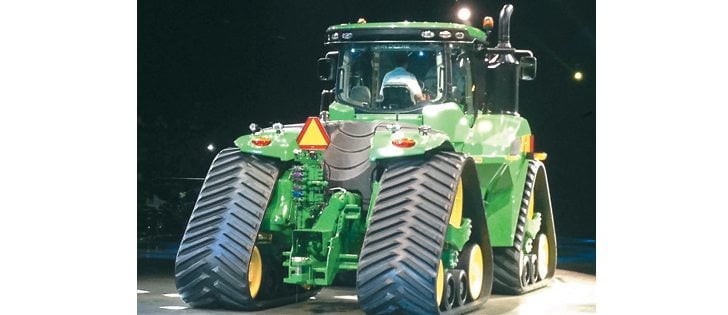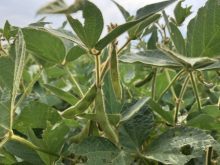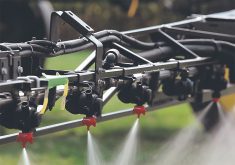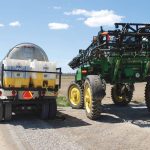MILWAUKEE, Wis., WADENBRUNN, Germany — Trends in agriculture are global.
The ebb and flow of commodity markets mean what happens in North America is much the same as what happens in Europe and Australia.
For machinery manufacturers, the past five years have provided welcome relief from the poor farm margins of the preceding decade. Record setting sales have cooled, and agricultural machinery and technology makers are now looking for new ways serve farmers.
“Producers are placing more of an emphasis on precision management than ever to control costs as margins decline in commodities agriculture,” said John Lagemann of John Deere.
Read Also
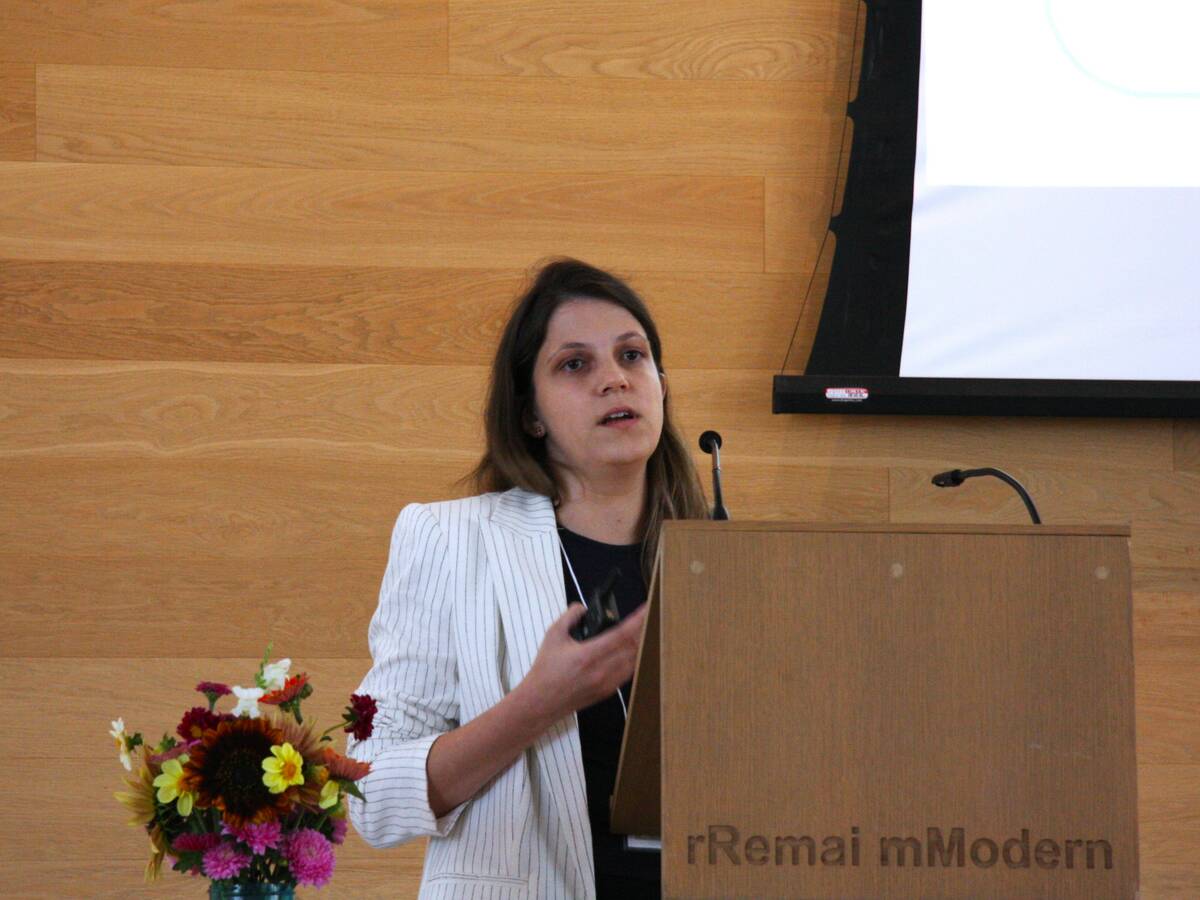
Fusarium head blight mycotoxin detector in the works
A PhD student at the University of Saskatchewan has been working on developing a method of detecting fusarium damaged kernels to ease the struggles of producers, agronomists and industry.
Lagemann, who is in charge of agricultural marketing for North America, Latin America, Australia and New Zealand, said the company is adjusting its production of machinery and focusing on technology that makes producers more efficient.
“We have a very positive outlook for agriculture in the long term: growing populations and the need for more food in the world,” he said during dealer meetings in Milwaukee, Wisconsin, late last month.
“Agriculture is a cyclical business and this year many farmers will again have bin busting crops, and that will put some pressure on prices. Producers will take a harder look at their spending, and farms will continue to get larger. They will invest in efficiency, and as a result we will continue to invest heavily in research and development. That will be our focus.”
Peter Paffen of Agco’s Fendt division told dealers and farmers attending the launch of its 2015 machinery lineup in Wadenbrunn, Germany, that the declining market for machinery from the highs of previous years is causing companies to change their lineups.
He said through a translator that farmers are demanding greater efficiency and flexibility from equipment.
“(They) needed to be persuaded to buy, by reasons that put money in their pockets — (precision) agriculture technology, smarter machines than the ones they are farming with now — or they won’t buy.”
John Deere is certifying more pre-owned equipment in hopes that the same extended warranty programs used by higher end automakers will give farmers piece of mind when investing in used equipment.
Those machines will go out onto the used lot also wearing the company’s JD Link telematics system, said Lagemann.
It allows farmers and Deere dealers to access telematic tools on those units, which improves data collection and gives famers new ways to track and trace the machine’s operation.
“We do have ample used equipment out there and we think this will help address the used equipment issue,” he said.
Several companies are putting in place financing offers to deal with the used equipment issue.
Case IH is offering 24 months of zero percent financing on late model trade-ins for four wheel drive tractors.
Agco’s used Challenger combines are financed at zero percent over two years and its new high horsepower tractors are marketed at that rate over three years.
Year-to-date sales of 4WD farm tractors in Canada were off 24 percent from last year at 735 units, while combines were down 25 percent to 1,235 machines, according to last week’s Association of Equipment Manufacturers report. Smaller tractors that have more than 100 h.p. were up one percent to the end of August.
Lagemann said the industry is adjusting to the demand but is also shifting from being short of new machines to meet the market’s needs.
“Layoffs at John Deere are market driven, and it will be the market (that) drives other change in the future for us,” he said of staff layoffs at its U.S. factories.
Deere, like most other farm equipment makers, has seen steep reductions in sales this year. It says it expects its fiscal year will end with sales down 10 percent.
The company recently reported a third quarter reduction in profits of 15 percent year over year, but added it was still its second highest result in that quarter in its history.

